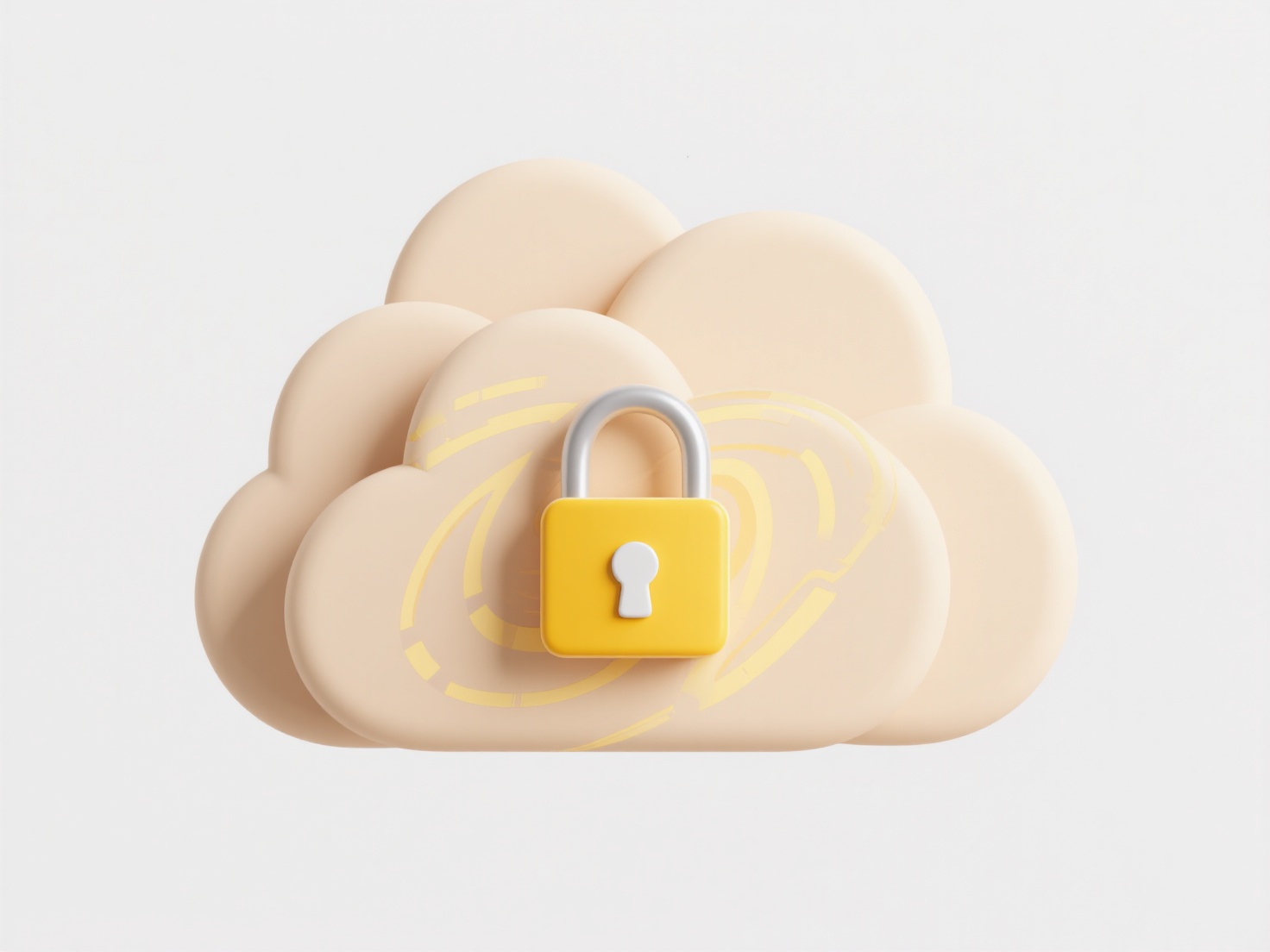
You may be unable to delete a file you own due to two primary reasons. First, permissions are layered: owning a file grants rights to the file itself, but deleting it actually requires 'Modify' or 'Delete' permission on the parent folder where the file resides. Second, the file might be actively in use (locked) by another application or system process, preventing deletion until released. Ownership doesn't automatically bypass these operational or hierarchical restrictions.

For example, trying to delete a file in a directory where your account lacks folder-level "Modify" permissions (common in shared network drives or protected system folders like C:\Program Files) will fail. Alternatively, attempting to delete a Word document (.docx) while it's still open in Microsoft Word will trigger an "in use" error. Operating systems like Windows, macOS, and Linux enforce these rules consistently.
While this permission structure safeguards against accidental deletion and system instability, it can frustrate legitimate users. The requirement to manage separate file and folder permissions adds complexity. If you encounter this, check folder permissions using file properties (Windows) or ls -ld (macOS/Linux), or use utilities like Task Manager (Windows) or lsof (macOS/Linux) to identify and close processes locking the file.
Why can’t I delete a file even though I own it?
You may be unable to delete a file you own due to two primary reasons. First, permissions are layered: owning a file grants rights to the file itself, but deleting it actually requires 'Modify' or 'Delete' permission on the parent folder where the file resides. Second, the file might be actively in use (locked) by another application or system process, preventing deletion until released. Ownership doesn't automatically bypass these operational or hierarchical restrictions.

For example, trying to delete a file in a directory where your account lacks folder-level "Modify" permissions (common in shared network drives or protected system folders like C:\Program Files) will fail. Alternatively, attempting to delete a Word document (.docx) while it's still open in Microsoft Word will trigger an "in use" error. Operating systems like Windows, macOS, and Linux enforce these rules consistently.
While this permission structure safeguards against accidental deletion and system instability, it can frustrate legitimate users. The requirement to manage separate file and folder permissions adds complexity. If you encounter this, check folder permissions using file properties (Windows) or ls -ld (macOS/Linux), or use utilities like Task Manager (Windows) or lsof (macOS/Linux) to identify and close processes locking the file.
Related Recommendations
Quick Article Links
Can I recover an earlier version of a cloud file?
Recovering an earlier version of a cloud file means accessing and restoring a previous state of that document or file st...
Can I sync only when on Wi-Fi?
Syncing only when connected to Wi-Fi refers to a device or application setting that restricts data uploads and downloads...
Can I schedule sync between local and cloud folders?
Scheduled sync allows you to set automatic, recurring time slots for copying files between a folder on your computer (lo...